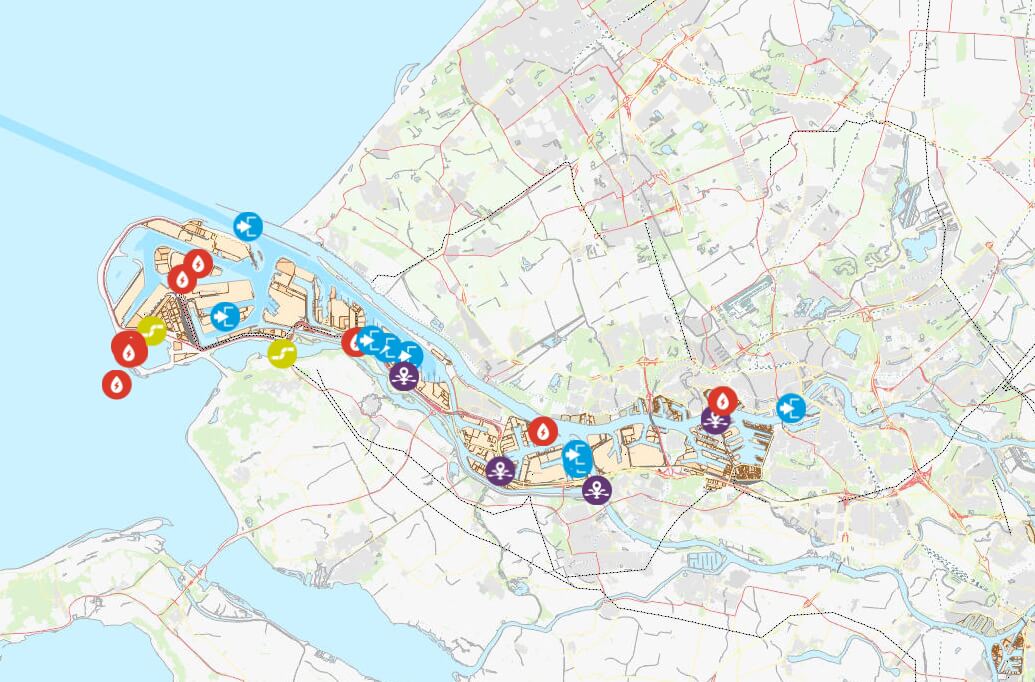Import terminal for green ammonia
In 2022, Gasunie, HES International (HES) and Vopak announced that they would be working together to develop an import terminal for green ammonia as a hydrogen carrier. The companies signed a cooperation agreement to that effect. The cooperation is a response to growing global demand for the import and storage of green energy. The terminal, that will operate on the Maasvlakte under the name ACE Terminal, is expected to be operational from 2026. This new import terminal for green ammonia will make a vital contribution to the hydrogen import, an essential link in the hydrogen chain, alongside hydrogen production, transport and storage. A reliable logistic chain is essential for developing the market for green hydrogen and for achieving the climate goals for 2030 and 2050.
 It is evident that Rotterdam is fast developing into an international hydrogen hub, with numerous exciting and highly promising new projects in its port area. This article merely highlights some of these projects. If you would like to know more about ongoing hydrogen projects in the port of Rotterdam, check out this interactive map on the Port of Rotterdam website.
It is evident that Rotterdam is fast developing into an international hydrogen hub, with numerous exciting and highly promising new projects in its port area. This article merely highlights some of these projects. If you would like to know more about ongoing hydrogen projects in the port of Rotterdam, check out this interactive map on the Port of Rotterdam website.
(c) Header photo: Gasunie






